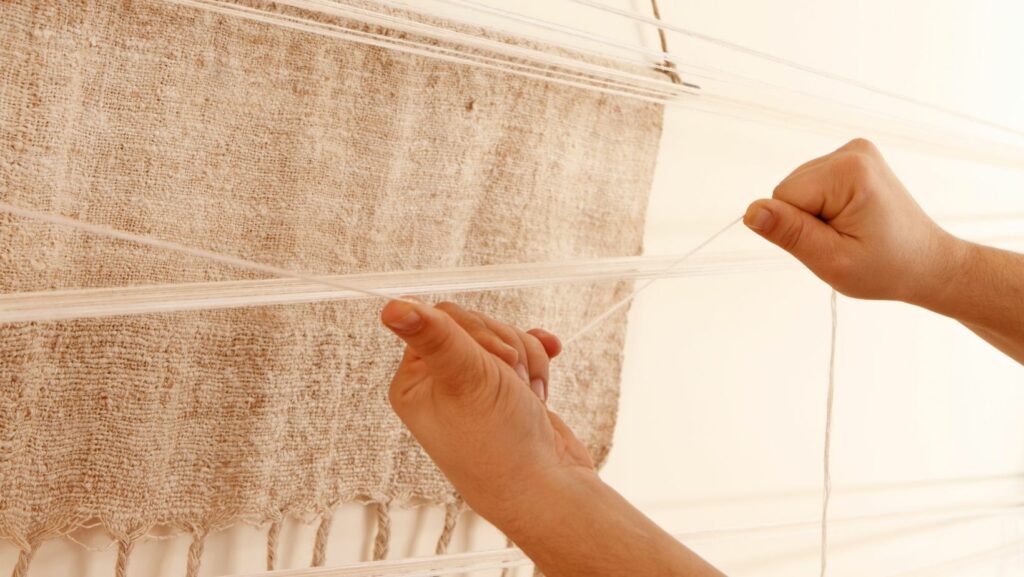How To Craft A Loom
Crafting a loom can be a rewarding and creative endeavor. Whether you’re a seasoned weaver or new to the craft, building your own loom allows for customization and control over the weaving process. In this article, I’ll guide you through the steps of crafting a loom, from selecting materials to assembling the frame.
The first step in crafting a loom is selecting suitable materials. You’ll need to choose a sturdy yet lightweight wood for the frame, such as birch or maple. Additionally, gathering tools like saws, drills, and sandpaper will ensure smooth construction. It’s important to measure and plan out your design before cutting any pieces to ensure accuracy.
Once you have all the necessary materials and tools ready, it’s time to start building your loom! Begin by cutting the wood into appropriate lengths for the frame sides and crossbars. Sand down any rough edges or surfaces to create a smooth finish. Next, assemble the frame by attaching the crossbars securely using screws or dowels.
By following these steps diligently and taking your time with each stage of construction, you’ll soon have your very own handcrafted loom ready for weaving. Building your own loom not only adds a personal touch but also gives you an opportunity to learn more about this ancient art form while unleashing your creativity into every woven masterpiece. So roll up those sleeves and let’s get started on this exciting journey of crafting a loom!
Choosing the Right Type of Loom
When it comes to crafting a loom, one of the most crucial decisions you’ll make is choosing the right type of loom. With so many options available, it can be overwhelming to know where to start. But fear not! I’m here to guide you through the process and help you find the perfect loom for your weaving projects.
- Consider Your Weaving Style: Are you a beginner looking to explore basic techniques? Or are you an experienced weaver ready to take on intricate patterns? The type of loom you choose should align with your weaving style and goals. For beginners, a simple frame or rigid heddle loom may be ideal, as they are easy to set up and operate. If you’re more advanced and seeking complex designs, a floor or table loom with multiple shafts might be better suited for your needs.
- Evaluate Your Space: Another important factor to consider when selecting a loom is the space available in your home or studio. Larger floor and table looms require more room for setup and storage, while smaller portable options like lap or pin looms can easily fit into tighter spaces. Take measurements beforehand to ensure that your chosen loom will comfortably fit within your designated weaving area.
- Set Your Budget: Looms come in a wide range of prices, from affordable beginner models to high-end professional-grade equipment. Determine how much you’re willing to invest in this craft before making a decision. Keep in mind that more expensive doesn’t always mean better quality; there are plenty of budget-friendly options that can still deliver excellent results.
- Seek Recommendations: Don’t hesitate to reach out to fellow weavers or join online communities dedicated to fiber arts for recommendations on specific brands or models of looms. Hearing firsthand experiences from others who have used different types of looms can provide valuable insights and help narrow down your choices.
- Try Before You Buy: If possible, try out different types of looms before making a purchase. Visit local weaving shops or attend fiber festivals where you can test various looms and get a feel for their features and functionalities. This hands-on experience will give you a better understanding of what works best for you and your weaving projects.
Remember, choosing the right type of loom is an important step in your weaving journey. Take the time to research, consider your needs and preferences, and don’t hesitate to seek advice from fellow weavers. With the perfect loom by your side, you’ll be well-equipped to create beautiful woven masterpieces!


